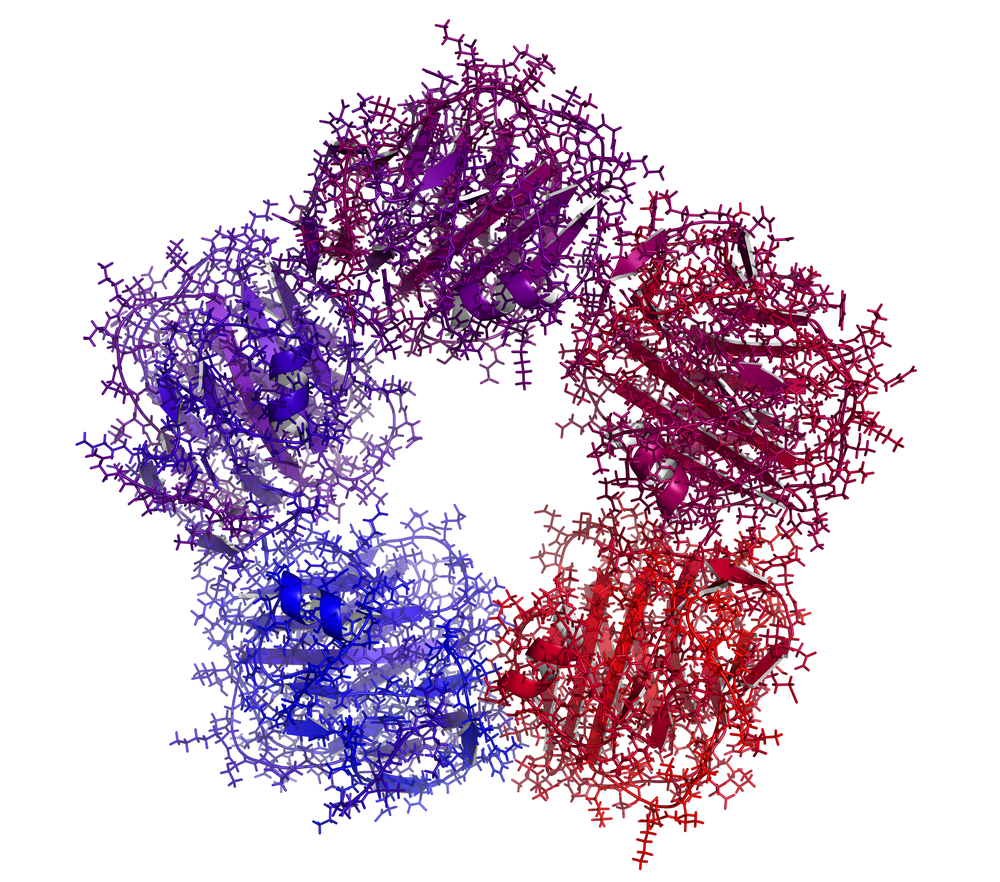


Inflammation is a vital part of your immune system’s response to injury and infection. It helps start the healing process by increasing blood flow to the affected area. This causes redness, warmth and swelling. However, inflammation can also be a sign that you have a health problem somewhere in your body, and it occurs in many different illnesses. Tests for inflammation are among some of those most often used in medical care.
CRP is a protein made by the liver and released into the blood in response to inflammation. Levels of CRP start to rise soon after inflammation affects the body – such as through an injury or an infection. CRP levels can increase many hundred-fold and then drop quickly as soon as the inflammation passes. This makes CRP a useful test to monitor the effectiveness of treatment. This test does not show where the inflammation is in your body. Rather, it can give your medical team evidence that further, more specific testing may be needed.
You may have a CRP test if your doctor suspects you have rheumatoid arthritis, lupus or another autoimmune disease, or if it is possible that you have an inflammatory bowel disease such as Crohn’s disease or ulcerative colitis. CRP is also used to look for possible infection, such as in monitoring people after surgery. A more sensitive form of the test, high sensitivity C-reactive protein (hsCRP), is used to assess your risk of heart disease.
Acute and chronic inflammation
There are two types of inflammation: acute and chronic. In acute inflammation, such as when you have an injury or an infection from a virus or bacteria, your immune system sends out chemical messengers and releases white blood cells to protect the affected area. When the wound or infection has cleared up, things go back to normal. In chronic inflammation, your immune system keeps sending out chemical messengers and white blood cells over a long time – this can be for months or even years – and in some situations start affecting nearby healthy tissues and organs.
Further testing
C-reactive protein is often ordered together with the erythrocyte sedimentation rate (ESR). They both measure proteins in the blood that are created by inflammation. ESR is not as accurate as CRP in most situations. However, because ESR is an easily performed test and requires only relatively simple equipment, many doctors still use it as an initial test when they think a patient may have inflammation.
Your medical team may request a group of tests together, including CRP, ESR, Liver Function Tests (LFTs) and a Full Blood Count (FBC) among others. Tests specific to your symptoms may also be ordered such as the ANA (antinuclear antibody) and RF (rheumatoid factor) for autoimmune diseases. If it’s possible you have an infection, cultures of your blood or other body fluids will sometimes be ordered to identify the type of bacteria.
Your results will be presented along with those of your other tests on the same form. You will see separate columns or lines for each of these tests.
Although a high CRP result is not specific for a particular condition it is a sensitive marker of inflammation and so is a useful test in many situations. There is often no clear connection between the level of CRP and the severity of the inflammation.
Reference intervals
Your results will be compared to reference intervals (sometimes called a normal range).
If your results are flagged as high or low this does not necessarily mean that anything is wrong. It depends on your personal situation. Your results need to be interpreted by your doctor.
CRP test results can vary between laboratories, so it is a good idea that repeat tests are carried out by the same laboratory to avoid confusion.
The choice of tests your doctor makes will be based on your medical history and symptoms. It is important that you tell them everything you think might help.
You play a central role in making sure your test results are accurate. Do everything you can to make sure the information you provide is correct and follow instructions closely.
Talk to your doctor about any medications you are taking. Find out if you need to fast or stop any particular foods or supplements. These may affect your results. Ask:
Another test used to monitor inflammation is the erythrocyte sedimentation rate (ESR). Both CRP and ESR give similar information. However, CRP appears and then disappears sooner than changes in the ESR. Thus, your CRP level may fall to normal if you have been treated successfully, such as for a flare-up of arthritis, but your ESR might still be abnormal for a while longer.
CRP is not affected by as many things as is ESR, which can be affected by periods and pregnancy as well as some medications. This makes CRP a better test for some types of inflammation. Because ESR is an easily performed test and requires only relatively simple equipment, many doctors still use it as an initial test when they think a patient may have inflammation.
Pathology and diagnostic imaging reports can be added to your My Health Record.
You and your healthcare provider can now access your results whenever and wherever needed. Get further trustworthy health information and advice from healthdirect.